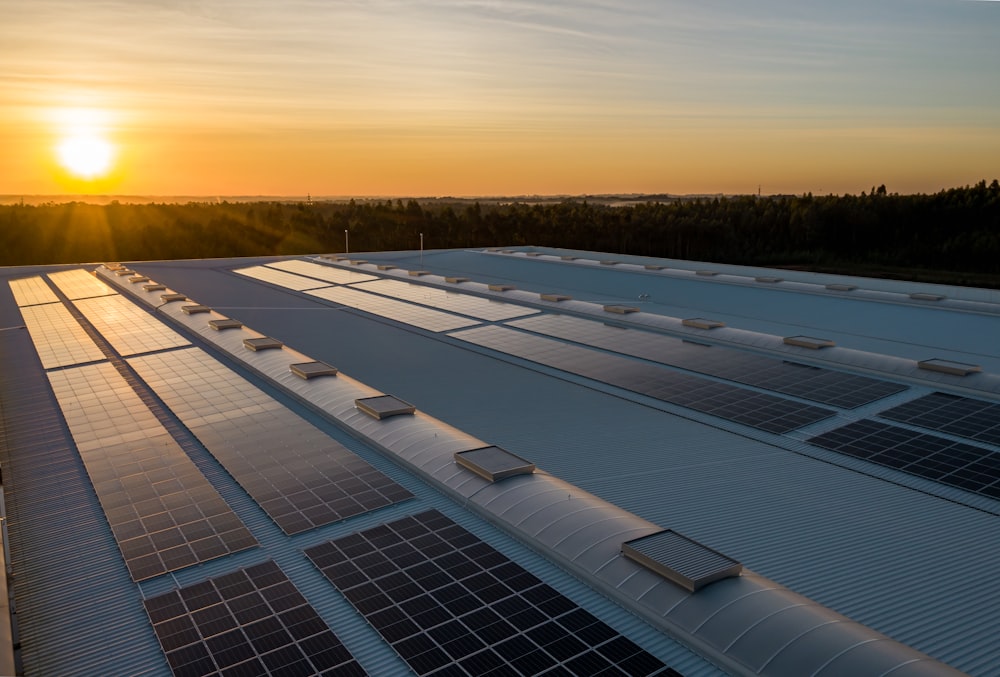1. Long sunshine hours
The daylight hours are longer in summer, which means that solar panels have more time to receive sunlight and thus generate more electricity. Long periods of sunlight help maximize the output of solar cells.
2. High solar radiation intensity
In summer, when the sun shines directly on the ground surface, the radiation intensity is high. Under such conditions, solar panels can convert solar energy into electrical energy more efficiently, significantly increasing power generation.
3. High energy demand
Summer is usually the peak period for electricity consumption, especially in areas that require a lot of cooling, such as the widespread use of air conditioners. Solar cells can provide homes and commercial facilities with more power during the summer, easing pressure on the grid and lowering electricity bills.
4. System efficiency
Although high temperatures may reduce the efficiency of some solar panels, overall, summer environmental conditions are still favorable for solar systems. Proper heat dissipation design can alleviate the impact of high temperature on battery panel performance.It can also absorb the high temperature of the roof, making the house cooler.
5. Economic benefits
Using solar cells in summer can reduce dependence on conventional electricity and save electricity bills. Especially in areas with high electricity costs, self-consumption of solar power can significantly reduce the energy expenses of households or businesses.
6. Environmental benefits
Using solar energy can reduce greenhouse gas emissions and help combat climate change. During periods of high power demand in the summer, using clean energy can reduce the grid's reliance on fossil fuel generation and reduce pollution.
7. Improve the return on investment of the system
Since the power generation of solar panels is higher in summer, the initial investment cost can be recovered faster and the return on investment of the entire solar system is improved.








